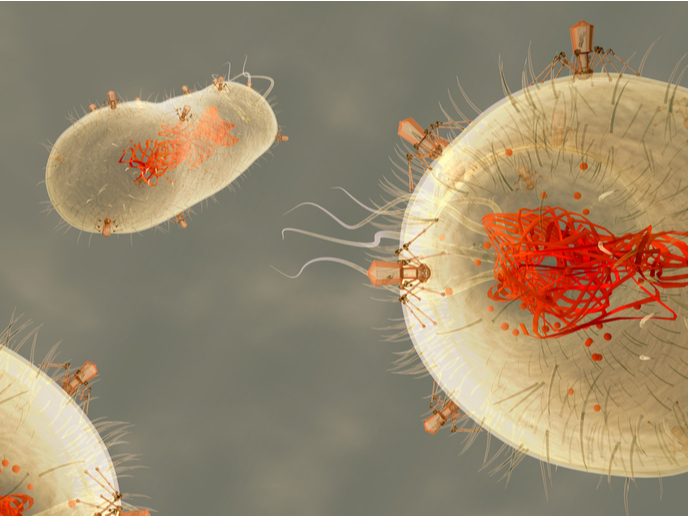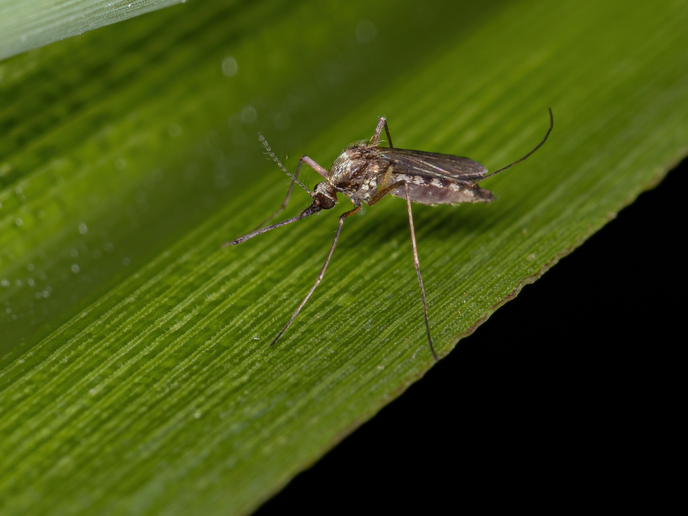Evolution of the anthrax bacterium
Bacillus anthracis causes anthrax, an acute, often lethal infection which affects both humans and animals alike. The bacteria form spores which can survive under harsh conditions and get reactivated upon inhalation. Although B.anthracis infects primarily warm-blooded animals, members of the B.cereus family of bacteria infect only invertebrates. This host difference between the two strains is considered to be an evolutionary adaptation of B.anthracis. An ancestor of B.cereus at some point during evolution must have acquired the mammalian virulence regulator AtxA which allowed it to infect and replicate in mammals. Studying the evolution of B.anthracis is therefore important for understanding the biology of this pathogen and finding ways to counteract its impact. To this end, scientists on the EU-funded FROMBCTOBA project used the unique isolate of B.cereus — strain G9241. This strain is an intermediate of B.cereus and B.anthracis and contains both mammalian and insect virulence factors. The G9241 strain showed the same ability to infect insects as B.cereus indicating that the mammalian virulence factors did not interfere with the insect homologues. Even when the activity of the mammalian virulence regulator AtxA was abolished, there was no interference in terms of insect infection. The G9241 strain resembled B.anthracis in its ability to resist lysing or phagocytosis by human immune cells, a feature attributed to genetic differences. Indeed, genomic comparison revealed that numerous B. cereus virulence genes were either mutated or absent in strain G9241. These observations suggested that mutations in these multiple virulence genes may have conferred an evolutionary advantage to G9241 in its transition from insect to mammalian pathogen. The knowledge of the molecular biology of B. anthracis virulence could lead to improved future treatments or vaccination against anthrax. Also, knowing how B. anthracis interacts with insects and soil amoeba will also provide useful information for the management of anthrax-contaminated sites.







